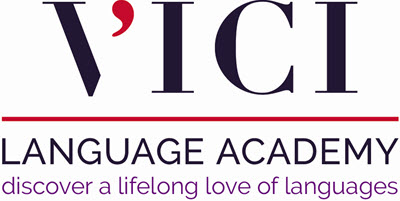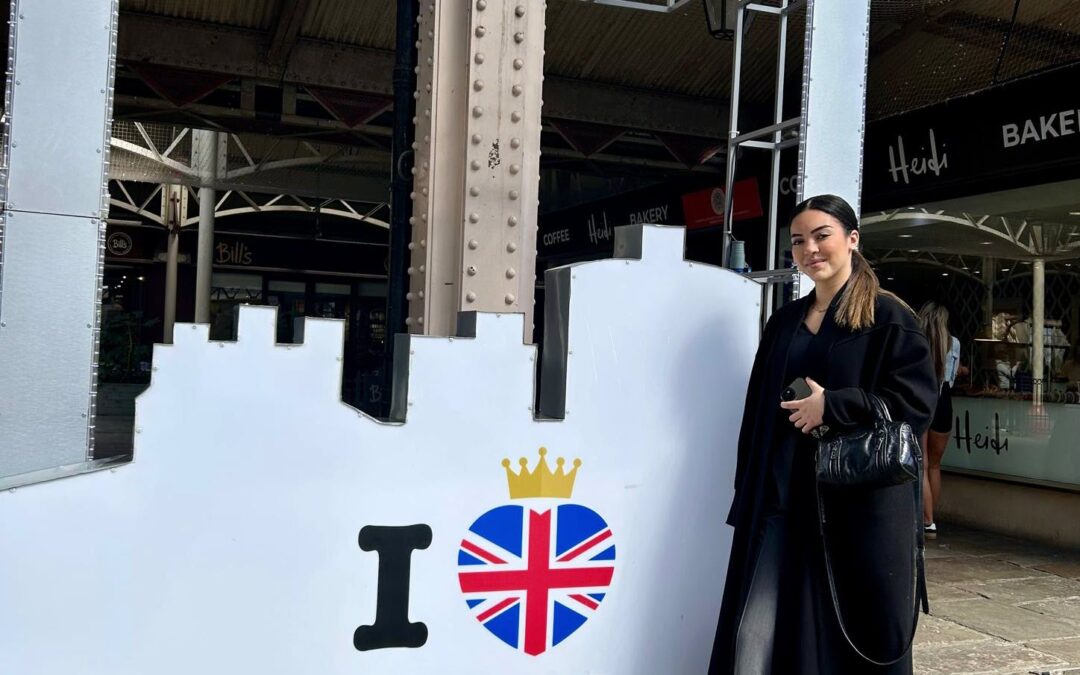Parents and teachers love to recommend “immersion” for learning a language.
Classes, apps, series in the original version… and, at the end of the list, the famous “language stay abroad.”
But recently I saw a school article that summed it up like this: “Send your child abroad, but make sure the host family speaks only the target language”.
Yes, immersion is powerful.
But reducing it to “just find a family who speaks the language you are trying to learn” is misleading — and far too simplistic.
Immersion Is More Than a Host Family
Staying with an English-French-Spanish-Italian-speaking family helps, of course.
I’ve been there myself: as an au pair in the United States when I was just 18 and my English really improved.
This summer, a student (who learns English with us) spent a month in a host family in the USA and she said: “We ate together a lot, watched American football, ran errands…”
Real everyday life — nice, and she spoke plenty, but mainly within the same routine and with very few guided opportunities to use new language in different contexts.
A host family is valuable for:
- listening
- cultural codes
- spontaneous exchanges
- emotional security.
But it’s not a magic bullet.
The routine can stay limited, you tend to hold back as a “guest”, and there’s little feedback to correct and anchor new habits.
Learning a Language Means Living It
Language takes root when you experience it in varied contexts — structured lessons, projects, workshops, outings — that make you produce the language, not just hear it at the dinner table.
Research backs this up:
-
Swain highlights the role of “output”: speaking and writing consolidate learning.
-
Ellis emphasises implicit acquisition: grammar settles unconsciously through repeated contact with real language.
-
Lightbown & Spada stress duration: it takes weeks, often months, to transform exposure into stable skills.
Immersion is effective when it’s rich, contextualised and sustained.
When Everyday Life Becomes Pedagogy
What makes the difference are situations that oblige you to use the language:
-
A cooking workshop where you follow and give instructions.
-
A visit where you ask questions.
-
A mini-project where you present a neighbourhood to classmates.
In those moments, students stop searching for “the right rule” and start thinking in the target language. Confidence builds — and with it, fluency.
Adjusting the Stay to Each Student
It’s a very personal journey.
-
Short boost: a student already comfortable can get a real boost in 1–2 weeks — if the programme is active and varied.
-
Slower start: for learners who struggle, a short stay with a family alone often does too little. Aim for at least two weeks with structured lessons, workshops and guided outings.
-
Shy learners: small groups, kind supervision and natural speaking opportunities are key.
-
Autonomous teens: a host family can suit confident teenagers who like less structure. For many others, a structured immersion programme (classes + activities + supervision) gives more regular opportunities to speak — and more lasting progress.
The Setting Matters
Immersion isn’t just about where you sleep; it’s about the educational framework.
A serious organisation monitors level, safety and well-being, invests in trained teachers and language coaches, suitable resources, and holds recognised accreditations — like the British Council in the UK — which guarantee standards in teaching, supervision and organisation.
No Miracle, No Disillusion
A plane ticket alone isn’t enough; immersion isn’t magic.
But well designed and well supervised, it becomes a remarkable accelerator.
Placed in a stimulating, varied and secure environment, teenagers live the language, tie it to emotions and real experiences. That’s when progress becomes visible — and it lasts.
Key Takeaways
A successful language stay isn’t about “finding a family that speaks only English.”
It’s about living in the target language:
-
Classes that give you a framework, activities that make it breathe.
-
Adults who encourage you.
-
Enough time for everything to take root.
This combination — research on one side and field experience on the other — turns immersion into real, lasting results.
And although I’m talking here about young people (the original article came from a school magazine), the same holds true for adults.
In Short
Immersion remains the most vibrant path to a language you want to master — for young people and adults alike.
It succeeds when you choose a setting where:
- you live multiple situations each day (classes, projects, outings)
- you speak often,
- you benefit from kind supervision
- you can choose a duration adapted to your profile
- you are offered continuity after the stay.
The goal stays the same: to feel confident and capable in the situations that matter.
Each journey is unique: write to me or call me and we’ll think together about what can really help your child, or yourself — with no obligation.
⮕ Nathalie – Academy Director – ndanon@thevici.com – 07976 243 529

